I developed a dairy allergy in my teenage years. Since then, I’ve often been asked “how do you get your calcium without milk?” Well, calcium is available in many foods with dark leafy greens being of special note. One of my favorite sources of calcium is blackstrap molasses which is a fantastic sugar substitute for baking if you, like me, enjoy the strong flavor.
But I’m not here to write about my calcium intake. Khmer society has flourished along the Mekong delta for thousands of years and it wasn’t until the French arrived in 1863 that dairy became part of the Khmer diet. Even then, dairy is rare outside of sweetened condensed milk in coffee (which I’ve heard is delicious but cannot confirm).
So, to paraphrase the question that I get so often, “How do the Khmer get their calcium without milk?
I know. The title of the post gives away the answer. Fishbones are an excellent source of calcium. In the traditional Khmer diet, fish are the primary source of not only calcium but also of protein and dietary iron.
These fried fish are absolutely delicious and consumed whole, bones and all, with only the innards being removed beforehand.
The heart of the Mekong river is the Tonlé Sap lake. The Tonlé Sap is largest freshwater lake in Southeast Asia, the largest reverse flow lake in the world and, until recently, center of the richest freshwater fisheries in the world.
Historically, the Tonlé Sap fisheries sustained Angkor, the largest pre-industrial city in recorded history. One of Cambodia’s most important holidays, Water Festival, celebrates the miracle of the Tonlé Sap reversing flow; historically, the lake flows into the Mekong for about six months of the year and the Mekong flows into the lake for about six months of the year. Fish thrive in the Tonlé Sap’s unique conditions and spread throughout the Mekong river and Cambodia’s other waterways.
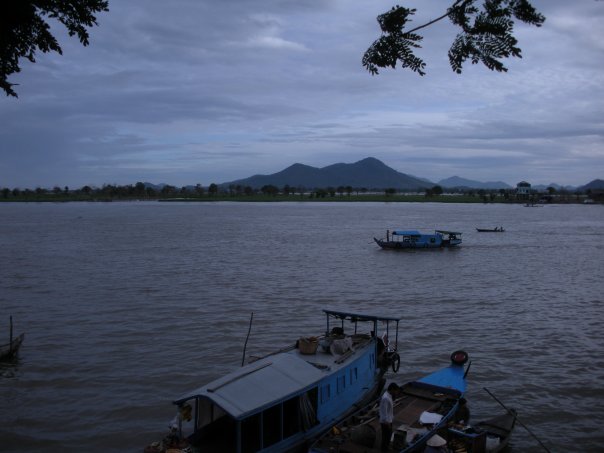
The seasonal ebb and flow of Cambodia’s waterways transform dry fields into shallow lakes, then wet rice paddies, and then into green pasture.
For thousands of years, this seasonal flow of the waters brought an abundance of fish close to rice farming villages. But what have these villages done when the waters recede? And what of non-rice farming villages?
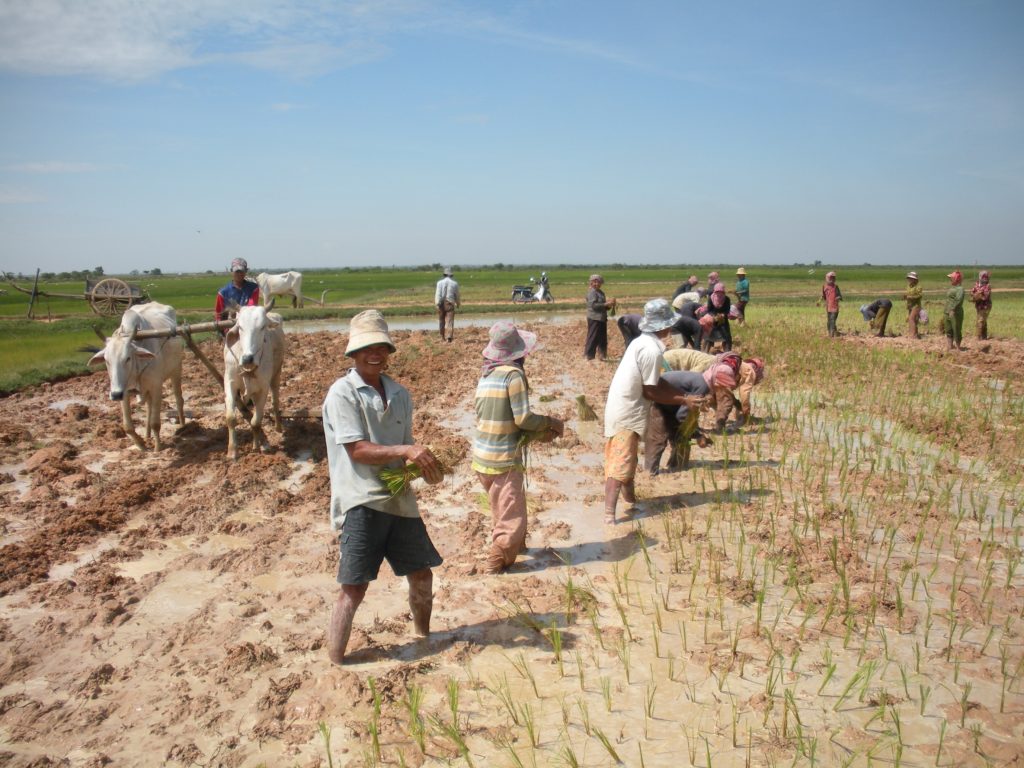
There are several ways that the Khmer have traditionally preserved fish for storage and transport.
The most famous is Prohok (ប្រហុក). This fermented fish paste is one of the essential ingredients of Khmer cuisine and preserves the calcium, iron, and protein of the fish for later consumption. Some Cambodians like to eat prohok on it’s own with rice but that’s definitely an…acquired taste even among Cambodians…but when it’s included in Khmer dishes it is absolutely delicious. One of my favorites is Prohok Khtis which Crystal recently learned to make with Ming Ramy.
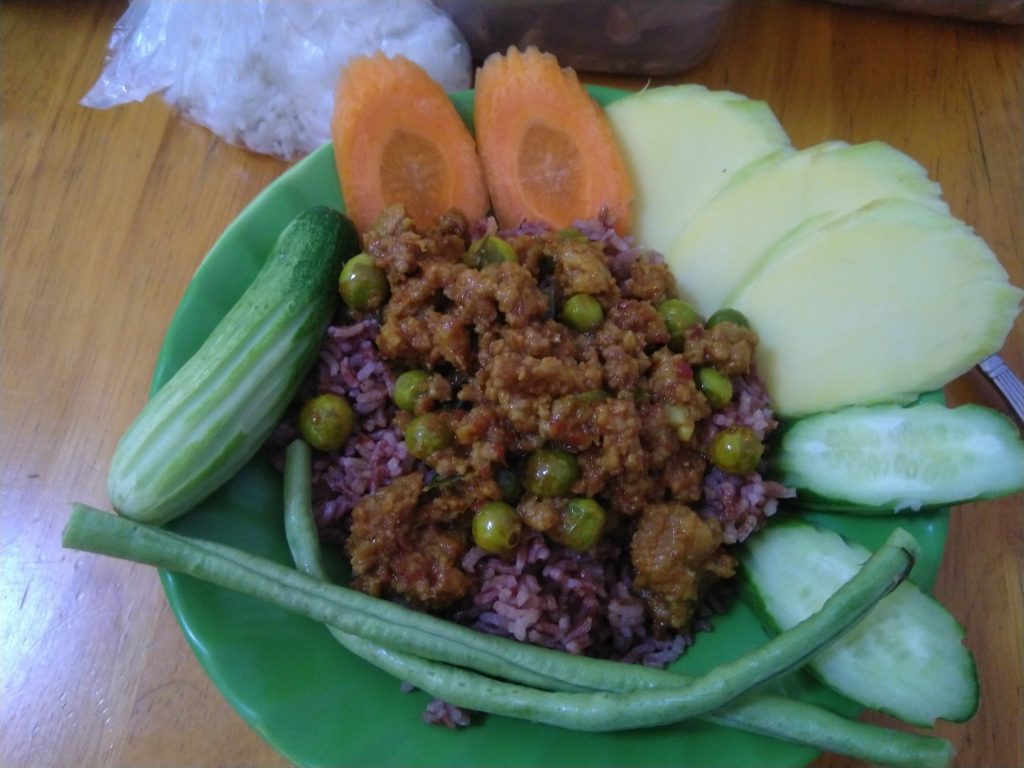
Diet, nutrition, and prohok (
) in Cambodia
The diet of the Khmer people of Cambodia relies primarily on rice and fish. Cambodians are one of the highest consumers of fish and other aquatic animals per capita in the world, with fish and fish products contributing nearly 21% of the total food intake. Due to the seasonal availability of fish, there has been strong historical incentive to preserve fish using efficient, low cost, low energy processes. Traditionally, prohok was an essential part of Cambodian diets because it was vital to the nutrition and food security of rural families. It is the primary source of animal protein and a significant contributor of dietary iron for Cambodians (76 and 37%, respectively). It is also known to be an important contributor of essential fatty acids, vitamins, and minerals. Many prohok dishes are most enjoyed with a variety of vegetables, a combination that has the added benefit of improving the nutritional quality of Cambodian food by increasing the bioavailability of nutrients in prohok including protein, Vitamin A, calcium, iron, zinc, and iodine. Prohok is such a vital part of the diet that Cambodians consume an estimated 18g prohok per capita per day. While historically other sources of protein may not have been available in the dry season, in modern Cambodia, advancements in agricultural technology and increases in importation of other animal products have made other sources of protein more readily available. Yet, the traditional incentive to process fish and increase shelf life without preservation technology such as refrigeration persists. Prohok continues to be a vital and widely consumed component of the Cambodian diet that is cherished for its powerful umami flavor qualities in a wide variety of sauces, dips, soups, and main dishes.
Journal of Ethnic Foods, Excerpt from Tradition and Fermentation Science of prohok, an ethnic fermented fish product of Cambodia https://journalofethnicfoods.biomedcentral.com/articles/10.1186/s42779-019-0027-1

While many Westerners think that prahok is…unpalatable, many Cambodians think the same of Cheese and even go so far as to call Cheese ‘Prahok Barang’ (Barang means French and is used generally for all Westerners).
It is also common to preserve fish by drying them in the hot sun. The dried fish is often fried before being eaten with rice or rice porridge. But dried fish also feature heavily in certain delicious Khmer soups.
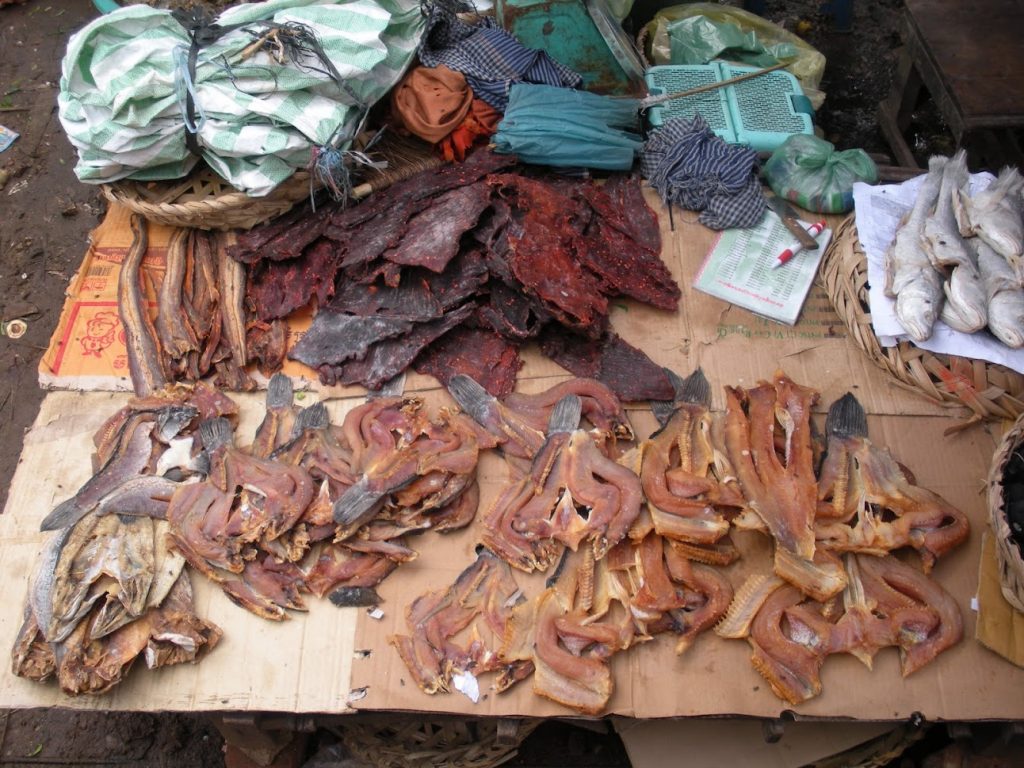
There’s also a tradition of smoking fish but I don’t have a good photo of those. I believe that these are used similarly to dried fish.
Now you probably noticed that the qualifier when I wrote that the Tonlé Sap was “until recently, center of the richest freshwater fisheries in the world.” The construction of hydroelectric dams upstream in China and Laos, along with massive deforestation and sand dredging along the course of the river, have destabilized the Mekong river. Rice farmers, irrigation systems, and natural fisheries can no longer rely on the Mekong for predictable annual flooding bringing rich silt and ample water. The Tonlé Sap fisheries have been been devastated in just a few years. Instead, even when the Mekong river is in drought conditions, destructive floods have begun to occur when climate change induced storms deposit massive quantities of non-seasonal rain or hydroelectric dams upstream release water unexpectedly. Climate change has affected the monsoon rains as well, which still deposit significant fresh water, but which are coming in shorter more intense periods with longer periods without rainfall. This has massive implications across almost every aspect of our work here in Cambodia.
If you want to read more details, the Diplomat has a good article on the situation.
In southern Prey Veng province, our partner ODOV regularly conducts a survey called the Minimum Dietary Diversity for Women (MDD-W) as part of their maternal health and nutrition work. Last year, they discovered that while dietary diversity increased across several food groups, the most significant change was that consumption of fish declined from 85% to 71%. The MDD-W puts Fish in Food Group 5 along with other meat based proteins but that classification misses calcium. As noted, fish consumption (fish eaten with bones) is the primary source of calcium in the traditional Khmer diet (FAO/WHO, 2004, Roos et al. 2006) and the bioavailability of calcium from the bones of whole small fish is as high as that from milk (Larsen et al. 2000). Dairy consumption, which is Food Group 4, increased from 4% to 5% so that has a very long way to go before it makes an impact. There was an increase in Food Group 7, medium-to-dark leafy greens, but it wasn’t significant enough to offset the drop in fish.
As the rich natural fisheries have begun to decline, the price of fish has increased dramatically. During the lockdowns, I discovered that dried fish that had cost a few thousand Riel when I lived here before (granted that was over 10 years ago) now cost almost 20,000៛. In the past, Phnom Penh would have a ‘prohok season’ when every household was engaged in making the fermented fish paste and the…fragrant odor was inescapable. That hasn’t been the case since I returned to Cambodia in 2019.
In southern Prey Veng, MCC has been working with ODOV to construct fishponds that fit into a cyclical farming model (vegetable garden, chickens, and fish pond support each other). In response to declining natural fisheries we’re looking at expanding this model. This won’t replace what’s being lost but it does help soften the blow to vulnerable poor rural communities.
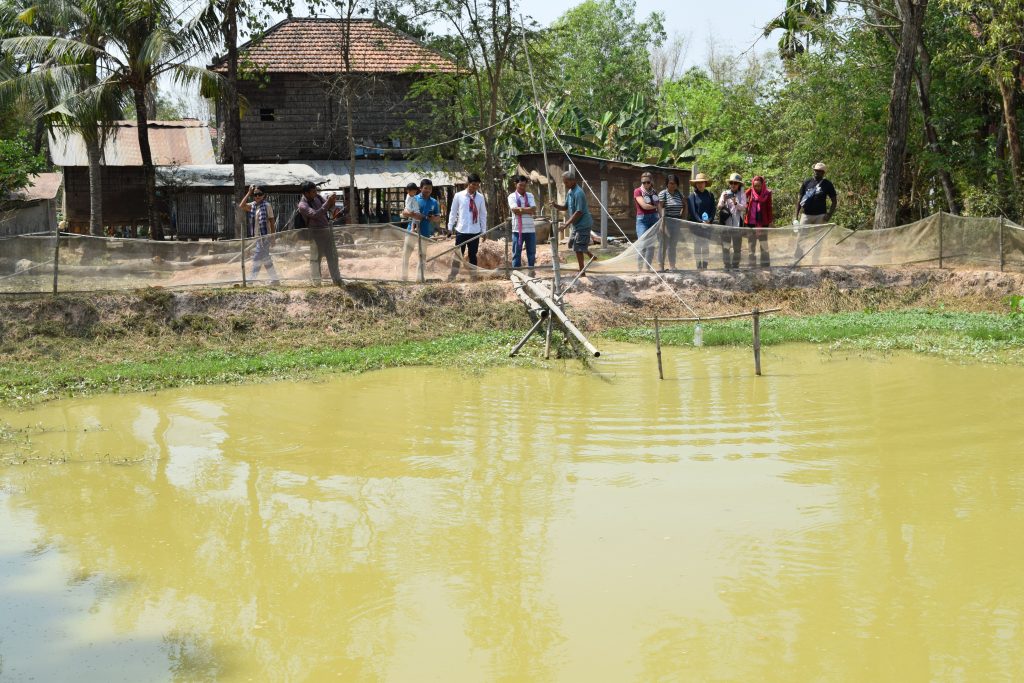
Deforestation is one contributor to Mekong river destabilization. For decades, MCC has been involved in forestry in Cambodia with significant historic projects in Takeo and Prey Veng provinces. Most recently MCC has been working in the Northeast with partner Peace Bridges on non-violent forestry protection and replanting illegally logged forest along the upstream Mekong river.
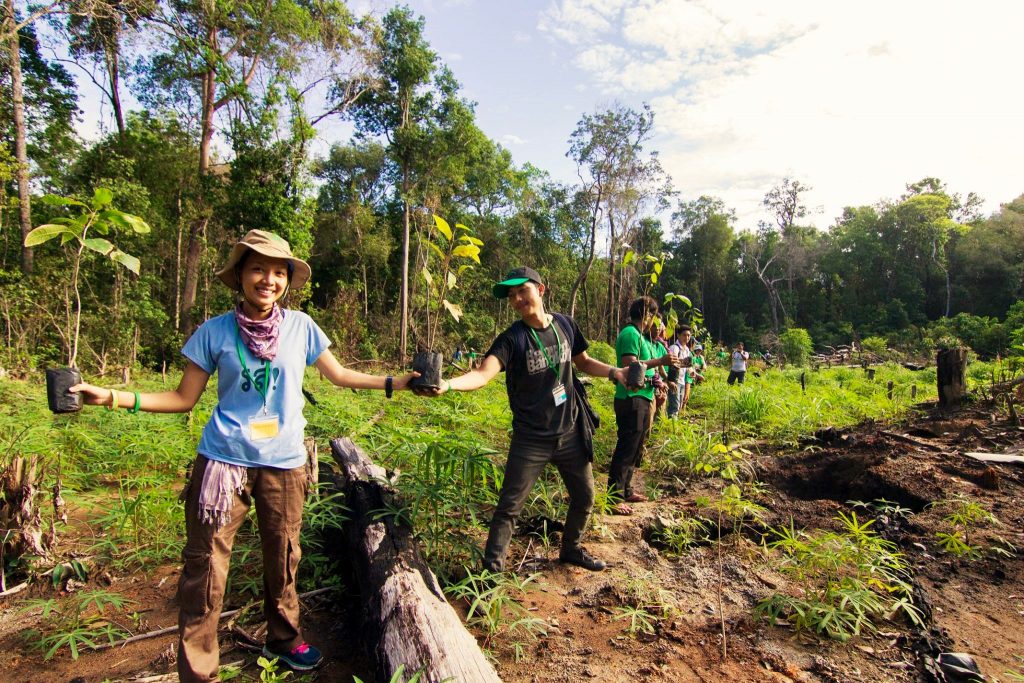
Mekong river destabilization is also causing ethnic tensions to spike. The Tonle Sap and Mekong river are home to traditional floating villages of the ‘boat’ people; a stateless minority group considered Vietnamese by the Khmer and Cambodian by Vietnam. Currently, the ‘boat’ people are being blamed across Khmer news and social media for ‘stealing fish’, ‘spreading germs’, and ‘destroying the environment’. Concerns that this ethnic minority group, which has lived on boats and floating houses for generations, is ‘stealing fish’, ‘spreading germs’, and ‘destroying the environment’ should be considered in tandem with declining fish stocks resulting from Mekong river destabilization, the current outbreak of COVID-19, and widespread environmental degradation. Our partner Women Peace Makers has developed a empathy based peacebuilding program for the Southeast Asian context that they’re using to defuse ethnic scapegoating and bring members of differing ethnic groups together to address their common concerns.
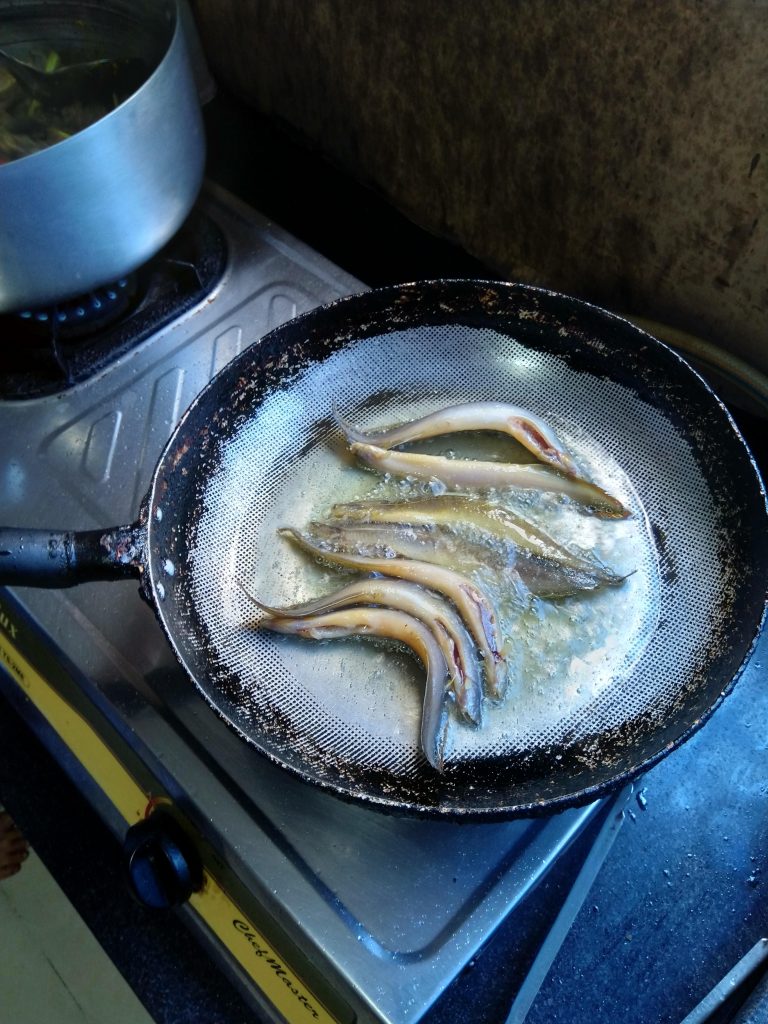
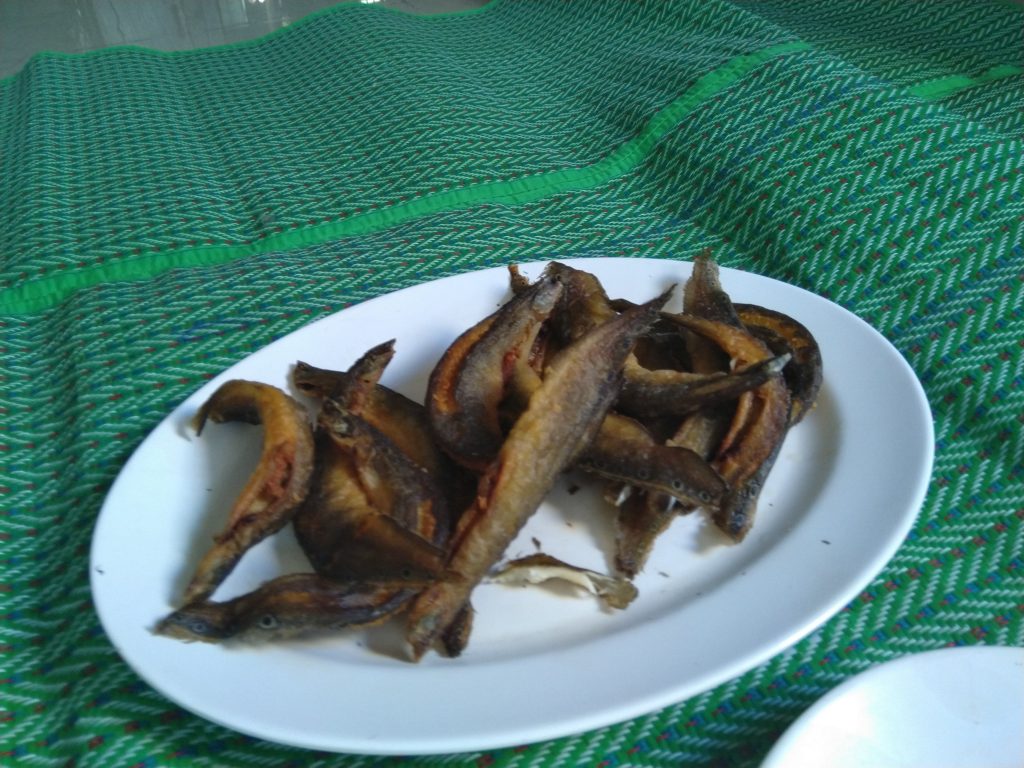
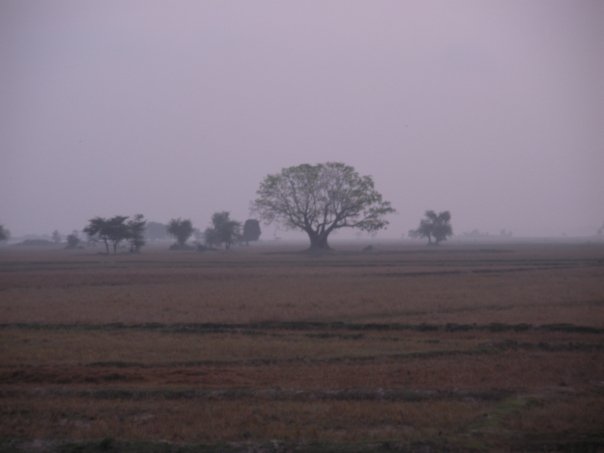
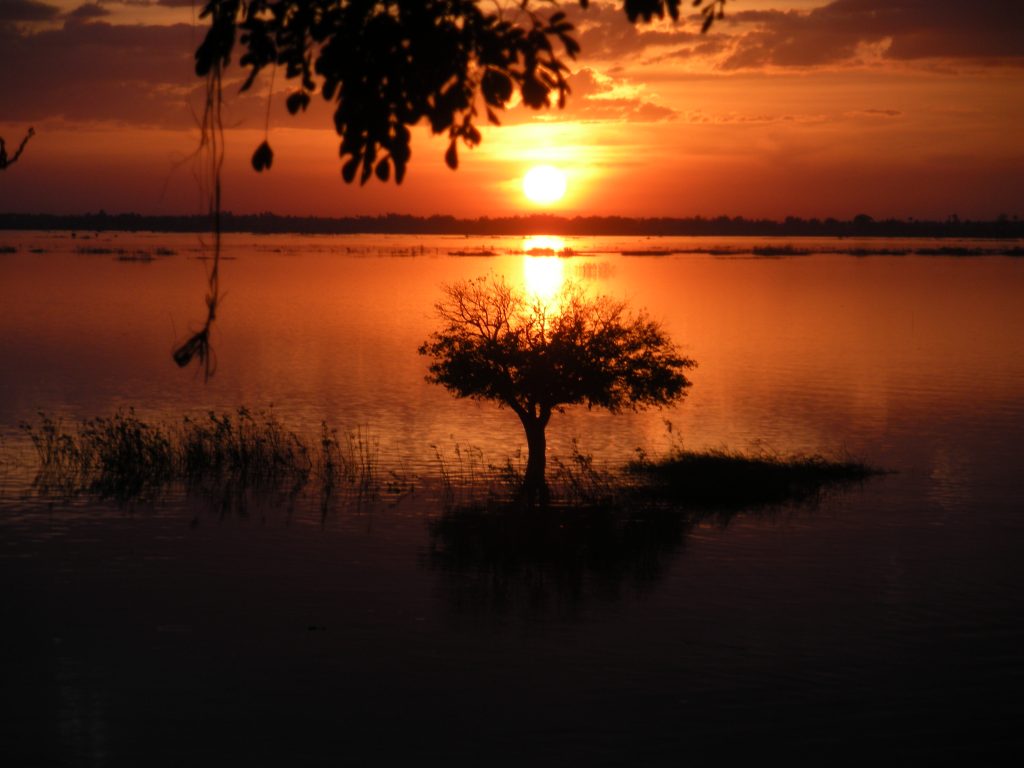
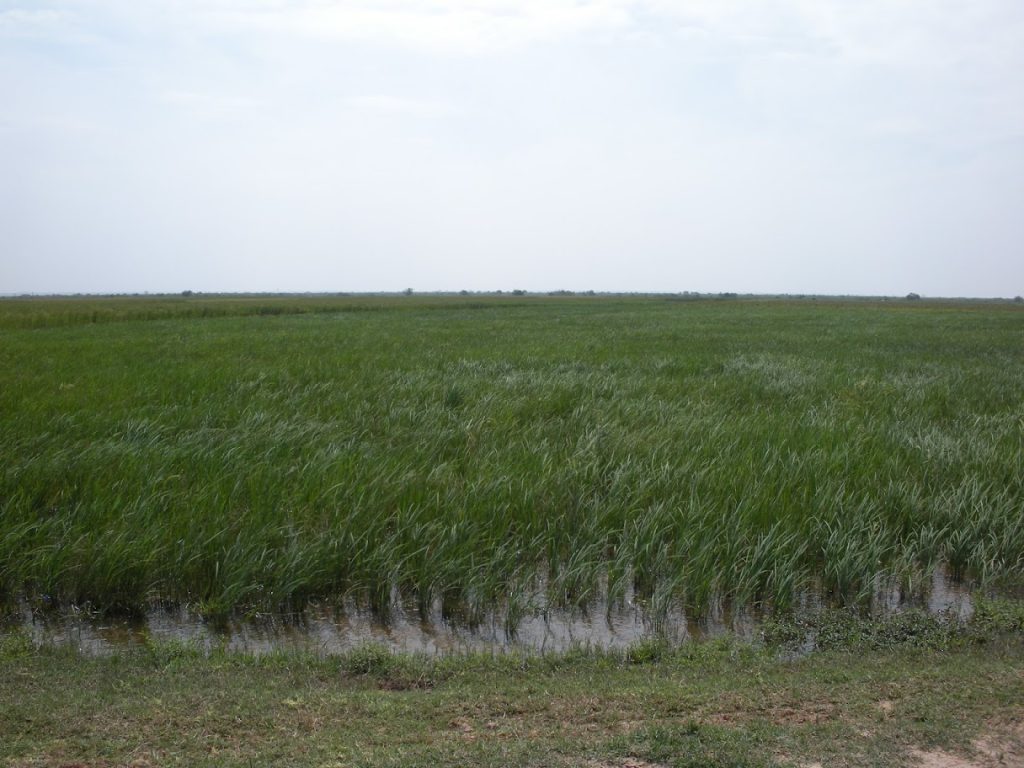
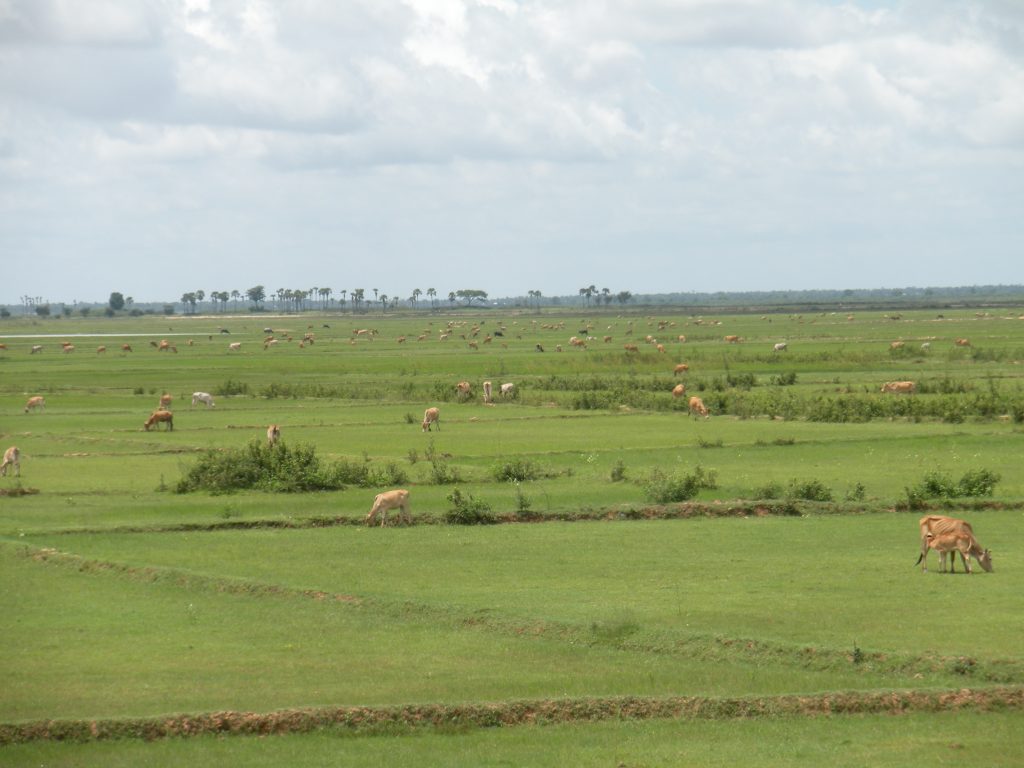
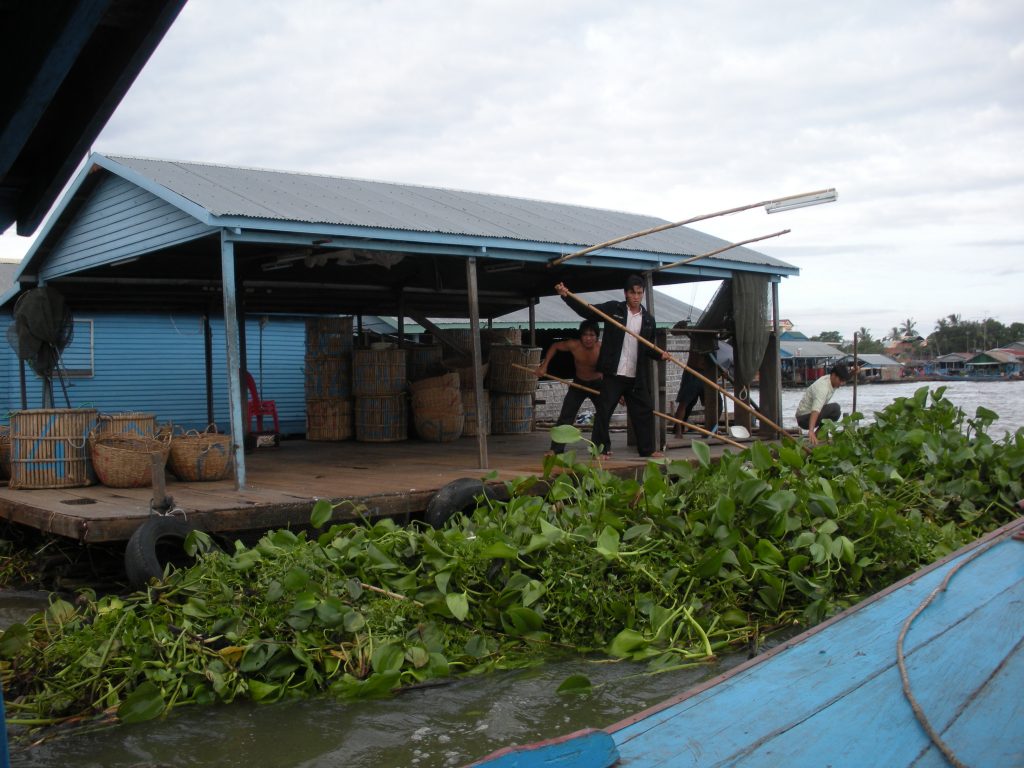
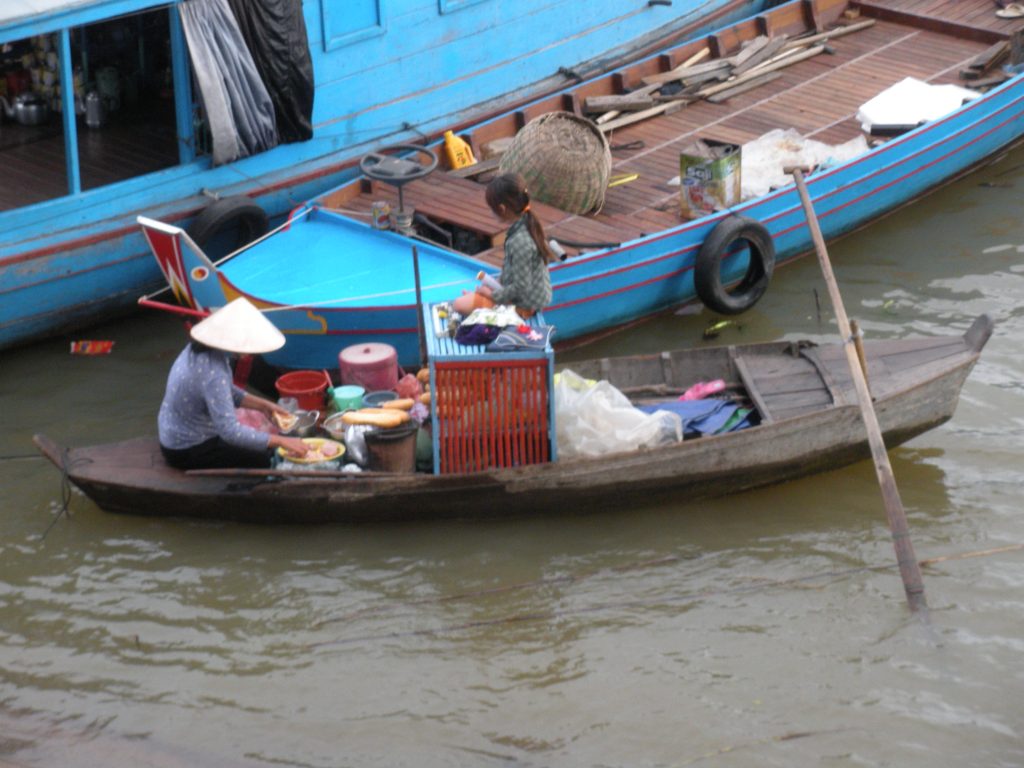
That’s MCC: making up for actions by The Powers That Be. Thank God for the forethought and hard work of so many faithful workers, foreign and local!